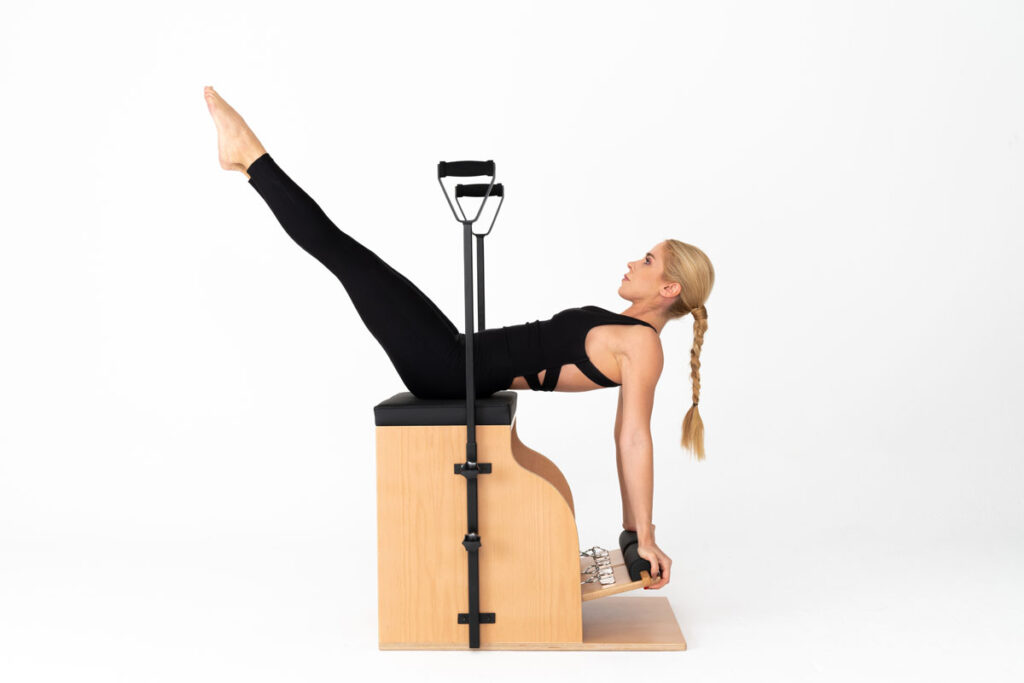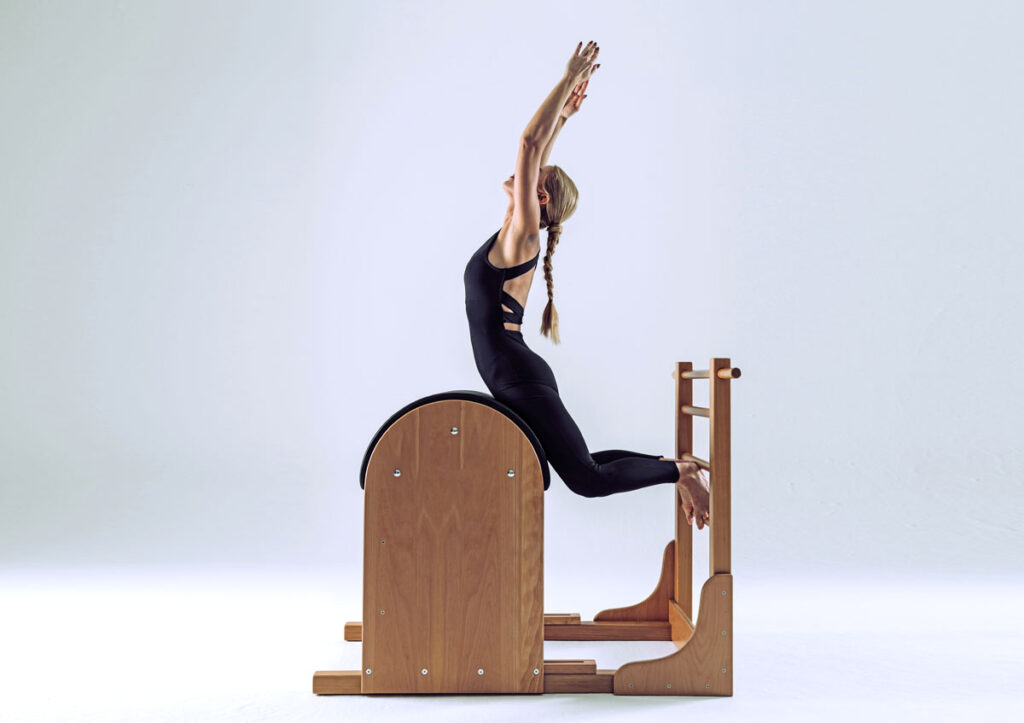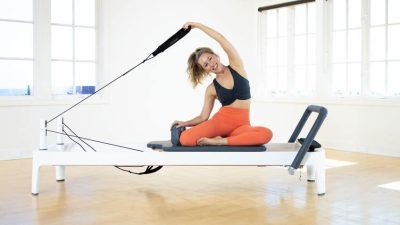
In recent years, Pilates has gained recognition as a highly effective method for rehabilitation and injury prevention. Developed by Joseph Pilates in the early 20th century, this exercise system focuses on core strength, flexibility, and body awareness. Its gentle yet challenging approach makes it suitable for individuals of all ages and fitness levels. In this article, we will explore how Pilates can play a crucial role in restoring balance, promoting healing, and preventing future injuries.
Understanding Rehabilitation through Pilates:
Pilates offers a holistic approach to rehabilitation, addressing both physical and mental aspects. It focuses on correcting imbalances, improving posture, and enhancing body mechanics. By emphasizing core stability, Pilates helps to alleviate strain on injured areas while promoting a balanced distribution of muscular effort. Whether recovering from surgery, injury, or chronic pain, Pilates exercises can be adapted to accommodate individual needs, gradually restoring strength, flexibility, and mobility.
Core Strength and Stability:
One of the key principles of Pilates is the activation and strengthening of the deep core muscles, including the transversus abdominis, pelvic floor, and multifidus muscles. These muscles provide essential support for the spine, pelvis, and hips, creating a stable foundation for movement. By targeting the core, Pilates helps to rehabilitate the body from the inside out, reducing the risk of future injuries by improving overall stability and body awareness.
Flexibility and Range of Motion:
Injury often leads to muscle imbalances and restricted range of motion. Pilates exercises are designed to restore flexibility, improve joint mobility, and increase overall body awareness. Through a combination of stretching, lengthening, and controlled movements, Pilates helps to release tension and tightness in muscles, tendons, and fascia. This increased flexibility aids in injury prevention by reducing the risk of muscle strains and imbalances.
Posture Correction and Alignment:
Poor posture is a common contributor to various injuries and chronic pain conditions. Pilates places significant emphasis on postural alignment, teaching clients to maintain a neutral spine and proper body mechanics during movements. By developing a strong and balanced musculature, Pilates helps to correct postural imbalances and enhances overall body alignment. Improved posture not only reduces the risk of future injuries but also leads to increased energy levels and a greater sense of well-being.

Mind-Body Connection and Rehabilitation:
Pilates places a strong emphasis on the mind-body connection, requiring participants to focus on precise movements, breath control, and body awareness. This approach is particularly beneficial for rehabilitation as it enhances proprioception and kinesthetic awareness. By developing a deeper understanding of their bodies, individuals recovering from injuries can regain confidence in movement, avoid compensatory patterns, and make more informed choices to support their healing process.
Injury Prevention through Pilates:
Beyond rehabilitation, Pilates is an excellent tool for injury prevention. The integration of core strength, flexibility, and proper body mechanics helps to create a balanced and resilient body. Pilates exercises can be tailored to address specific weaknesses or imbalances, making it an effective complement to other physical activities. Regular Pilates practice enhances muscular endurance, improves flexibility, and promotes joint stability, reducing the risk of future injuries.
Conclusion:
Pilates is a versatile and effective exercise method for both rehabilitation and injury prevention. By focusing on core strength, flexibility, and body awareness, it offers a comprehensive approach to healing and maintaining a healthy body. Whether recovering from an injury or seeking to prevent future ones, Pilates can play a vital role in restoring balance, improving posture, and enhancing overall well-being. Consult with a qualified Pilates instructor or healthcare professional to develop a personalized program that meets your specific needs and goals.

Here are a few key studies about Pilates for Rehabilitation and Injury Prevention: Restoring Balance and Strength
“Effectiveness of Pilates exercise in treating people with chronic low back pain: a systematic review of systematic reviews” (2019) by Wells et al.: This review analyzed the results of multiple studies and concluded that Pilates exercises can improve pain and disability in individuals with chronic low back pain. It suggested that Pilates may be a suitable rehabilitation option for this population.
“The effects of Pilates training on flexibility and body composition: An observational study” (2018) by Kliziene et al.: This study investigated the impact of Pilates on flexibility and body composition. The results showed significant improvements in hamstring flexibility and body composition, indicating that Pilates can enhance flexibility and contribute to positive changes in body composition.
“The effects of Pilates on mental health outcomes: A meta-analysis of controlled trials” (2019) by Battaglia et al.: This meta-analysis examined the effects of Pilates on mental health outcomes. The findings suggested that Pilates interventions were associated with significant improvements in psychological well-being, including reductions in anxiety and depression symptoms.
“Effects of Pilates exercise on trunk strength, endurance, and flexibility in sedentary adult females” (2016) by Kliziene et al.: This study explored the effects of Pilates on trunk strength, endurance, and flexibility in sedentary adult females. The results indicated that Pilates training led to significant improvements in trunk extensor and flexor strength, endurance, and flexibility.
“Pilates-based exercises for persistent, non-specific low back pain and associated functional outcomes: A systematic review” (2019) by Yamato et al.: This systematic review examined the effects of Pilates exercises on persistent, non-specific low back pain. The review concluded that Pilates interventions were effective in reducing pain intensity and improving functional outcomes in individuals with non-specific low back pain.
These studies provide valuable insights into the potential benefits of Pilates for rehabilitation and injury prevention.






